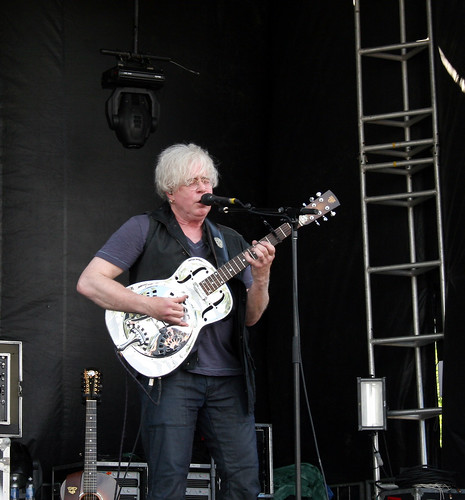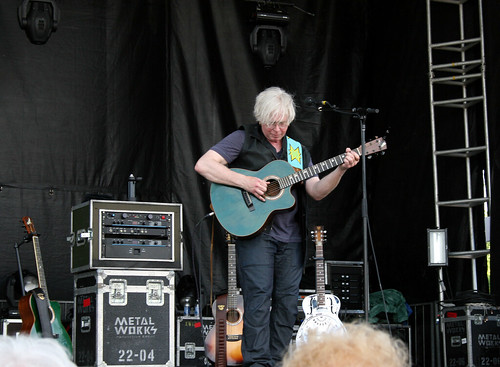What makes Jimi Hendrix’s sound easily recognizable from Carlos Santana? How can you easily tell metal from funk, even if let’s say the metal player and the funk player are playing the same song (very unlikely, but bear with me here)? The answer: guitarists use effects to color their sound and give it a kind of modification suited to the type of music involved.
Normally these effects can be housed separately in small effects pedals, or in multi-effects hardware, or built into amplifiers, or simulated in computer software. They can be used singly, or you can turn on a combination of effects to get a particular sound. We will identify the different types of guitar effects so you can choose the one that is perfect for creating the sound you want.
Distortion effects are popular in genres like rock, metal, etc. This is what produces the heavy, rough, raw sound you hear in these genres. Distortion effects can be divided into categories like overdrive/distortion (this is the well-known rough sound), fuzz (which is used to copy the sound of a vibrating torn speaker – thus being “fuzzy”), and high-gain (the thick, loud, “chugging” sound used in heavy metal). Almost all rock bands have these as a given, and is a good, basic investment.
Filtering effects are effects which shape the sound by enhancing or minimizing certain frequencies. Here you can find equalizers (similar to how normal equalizers work), and wahs (a foot-operated pedal that lets through increasingly higher or lower frequencies by rocking the pedal). The wah pedal got its name because it emulates a person saying a long “wah” when played (the low frequencies are the “w-“ and the high frequencies are the “-ah” part). You can hear this mostly in funky grooves.
Volume effects are just that, they modify the volume in different ways. Examples of these are volume pedals (these are just volume knobs in the shape of a pedal which you can rock back and forth), tremolos (which is used to copy the sound of a volume knob being turned up and down quickly, making the tone “fluctuate”), and compressors (used to preserve a certain volume level as the signal gets louder).
Time-based effects take a sound signal and copy it, making a kind of echoing sound. Delay pedals can change the delay time between the original sound and the copied sound, up to very long delay times, making a rolling echo-like sound (a notable user of delay effects is U2’s The Edge). Reverb pedals, however, copy the sound produced in a large space, where little echoes pile up and decay quickly. Aside from distortion effects, these are also popular, and may be an essential part of your setup.
Modulation effects are effects which actually change how the sound sounds. Examples of these are phase shifters (which makes a sort of whooshing sound by copying the original signal and then putting it out of phase regularly), flangers (which create a kind of speeding-up or slowing-down sound), chorus pedals (copying the sound of several guitarists playing at the same time), and rotary speakers (copying the sound of a signal going through spinning speakers, making a kind of wavy pitch-changing effect). These types of effects are used to create those experimental, space-age-sounds.
Pitch shifters change the pitch of a signal, then combines it with the original sound so that it sounds like two guitars blending together in harmony. It can even be used as a bass guitar if you set it one octave lower than normal, or produce a video-gamey sound if set one octave higher.
You can experiment with several combinations of pedals and connect them in chains to figure out what type of sound you want to create. After some time you can hear which effects were used in your favorite songs, and hopefully this article can assist you on the road to creating your own sound, and adding new layers to your musical adventure.


